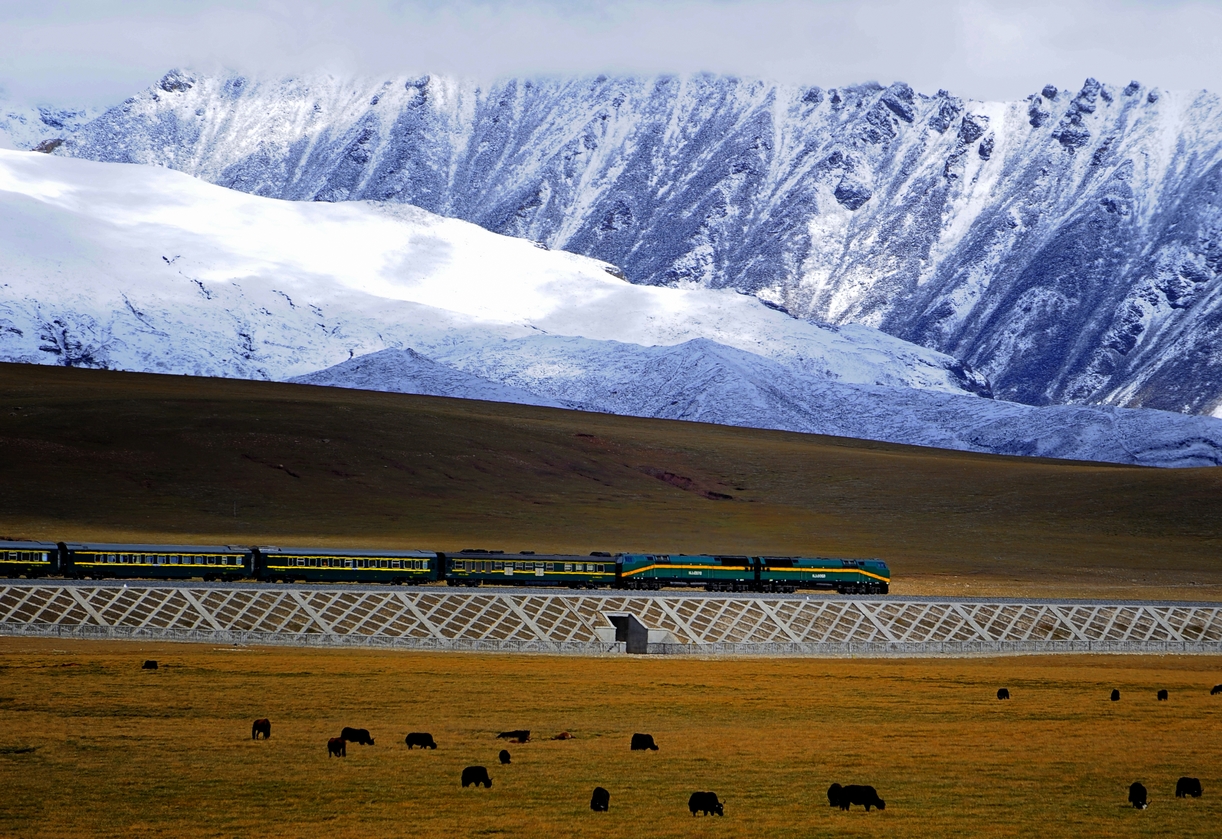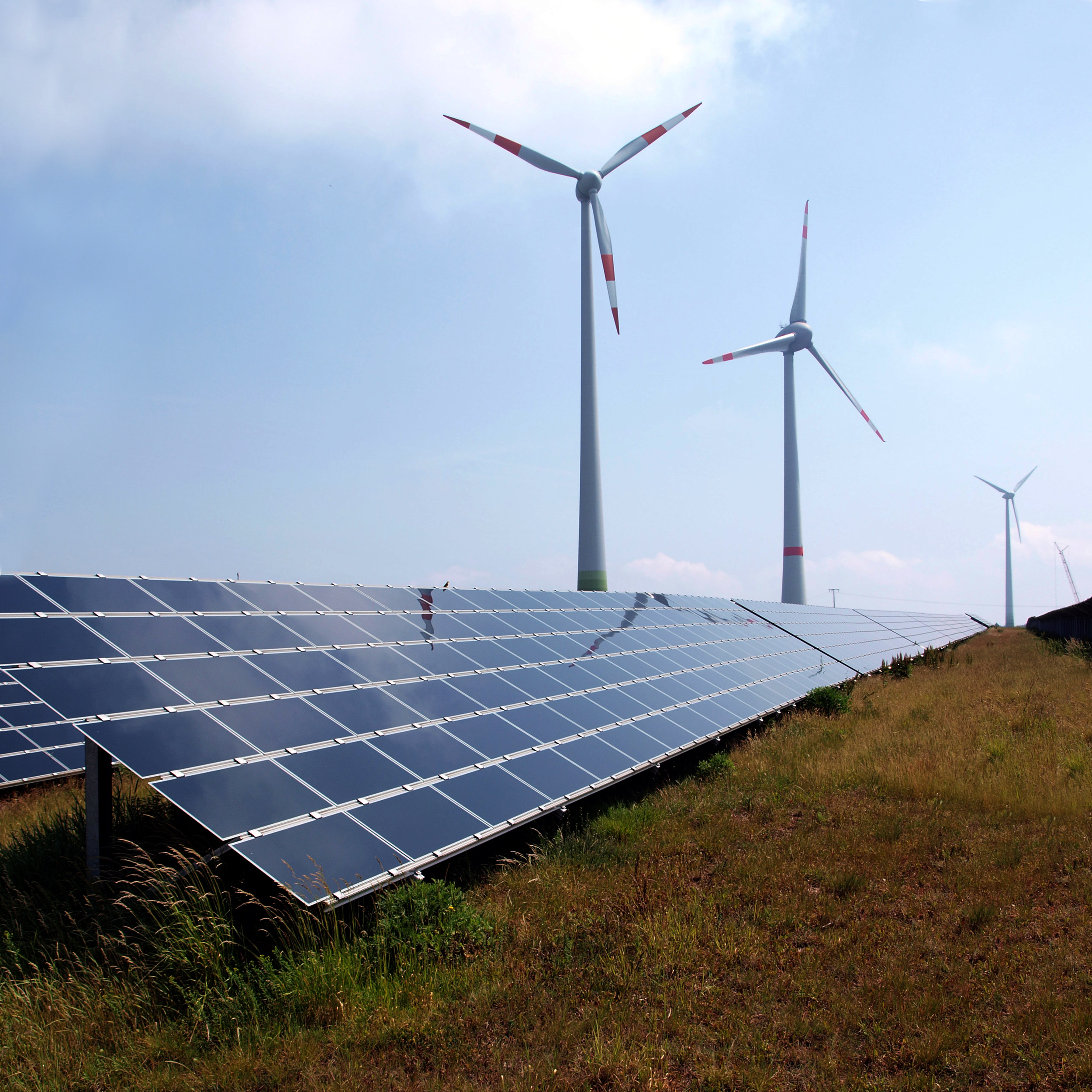|
Geothermal Power In China
Geothermal exploration began in China in the 1970s. It was initially handled by national bodies with public investments, and productive wells were transferred free of charge to the final user. Since the mid-1990s, under the framework of privatization and liberalization of the economy, national investment in exploration has been reduced. No new plants have been commissioned in the period 2000–2005 (Zheng et al., 2005; Battocletti et al., 2000). The only electricity-producing fields are located in Tibet. According to the "2005 Chinese Geothermal Environment Bulletin" by China's Ministry of Land and Resources, the direct utilization of geothermal energy in China will reach 13.76 cubic meters per second, and the geothermal energy will reach 10,779 megawatts, ranking first in the world. Projects The most important field is Yangbajain Geothermal Field, with eight double flash units for a total capacity of 24 MW, fueled from a water dominated shallow reservoir at 140 °C – 160 ... [...More Info...] [...Related Items...] OR: [Wikipedia] [Google] [Baidu] |
Yangbajing
Yangbajain (also spelled Yangbajing; ) is a town approximately north-west of Lhasa, halfway to Damxung in the Tibet Autonomous Region of China. The town lies just south of the Nyainqêntanglha Mountains, in an upland lush green valley surrounded by the tents of nomads with grazing yak and sheep populating the hillside. It is the site Yangpachen Monastery, which was historically the seat of the Shamarpas of Karma Kagyü and the Yangbajing International Cosmic Ray Observatory. Geothermal field The area is famous for the Yangbajain Geothermal Field, which has been harnessed to produce electricity for the capital Lhasa. There is a thermoelectric power plant on the edge of the Yangbajain field covering 20–30 square kilometers. The power plant was established in 1977, and was the first development of geothermal power not only in Tibet but in the whole of China. The Yangbajain hot springs field is at an elevation of which makes it the highest elevation set of hot springs in Chi ... [...More Info...] [...Related Items...] OR: [Wikipedia] [Google] [Baidu] |
Ministry Of Land And Resources
The Ministry of Land and Resources (MLR) of the People's Republic of China is a dissolved ministry under the jurisdiction of the State Council of China. It was formally responsible for the regulation, management, preservation and exploitation of natural resources, such as land, mines and oceans. On March 10, 1998, the 9th National People's Congress passed the "Reform Plan of the Ministries of the State Council". According to the plan, , State Administration of National Land, State Oceanic Administration, and State Bureau of Surveying and Mapping merged to form the Ministry of Land and Resources. The State Administration of National Oceans and the State Bureau of Surveying and Mapping have remained existing as departments under the jurisdiction of the newly formed Ministry. In March 2018, the 13th National People's Congress announced that the newly formed Ministry of Natural Resources shall replace the functions of the Ministry of Land & Resources, State Oceanic Administration ... [...More Info...] [...Related Items...] OR: [Wikipedia] [Google] [Baidu] |
Yangbajain Geothermal Field
The Yangbajain Geothermal Field (羊八井地热田) is a geothermal field near the town of Yangbajain in Damxung County, Tibet Autonomous Region, China. The fluid is heated by magmatic activity not far below the surface. It is a tourist attraction and also supplies steam to a major power plant with 25 MW capacity. Location The Yangbajain geothermal field is in a plateau basin on the southern slopes of the Nyainqentanglha Mountains, near to the Qinghai–Tibet Highway (China National Highway 318) in Damxung County. The Qinghai–Tibet Railway, which terminates in Lhasa, also passes through Yangbajain. The field covers . It delivers natural thermal energy at the ground surface of up to 107,000 kilocalories per second. Yangbajain Geothermal Field is currently the largest proven geothermal field of its nature in China. It has an estimated power generation potential of 150,000 kW. Geology The Yangbajing Basin lies between the Nyainquentanglha Range to the northwest and the Yar ... [...More Info...] [...Related Items...] OR: [Wikipedia] [Google] [Baidu] |
Ruggero Bertani
Ruggero (), the Italian equivalent of Roger, may refer to: * Ruggero I of Sicily (1031–1101) Norman king of Sicily *Ruggero Berlam (1854–1920), Italian architect *Ruggero Bonghi (1826–1895), Italian scholar, writer and politician *Ruggero Borghi (born 1970), former Italian professional road bicycle racer *Ruggero Cobelli (1838–1921), Italian entomologist *Ruggero Deodato (born 1939), controversial Italian film director, actor and screenwriter, best known for directing horror films *Ruggero Ferrario (born 1897), Italian racing cyclist and Olympic champion in track cycling *Ruggero J. Aldisert (born 1919), judge on the United States Court of Appeals for the Third Circuit *Ruggero Leoncavallo (1857–1919), Italian opera composer *Ruggero Luigi Emidio Antici Mattei (1811–1883), Italian prelate of the Roman Catholic Church *Ruggero Maccari (1919–1989), Italian screenwriter *Ruggero Maregatti (1905–1963), Italian athlete who competed mainly in the 100 metres *Ruggero Marzo ... [...More Info...] [...Related Items...] OR: [Wikipedia] [Google] [Baidu] |
Heat Pump
A heat pump is a device that can heat a building (or part of a building) by transferring thermal energy from the outside using a refrigeration cycle. Many heat pumps can also operate in the opposite direction, cooling the building by removing heat from the enclosed space and rejecting it outside. Units that only provide cooling are called air conditioners. When in heating mode, a refrigerant at outside temperature is being compressed. As a result, the refrigerant becomes hot. This thermal energy can be transferred to an indoor unit. After being moved outdoors again, the refrigerant is decompressed — evaporated. It has lost some of its thermal energy and returns colder than the environment. It can now take up the surrounding energy from the air or from the ground before the process repeats. Compressors, fans, and pumps run with electric energy. Common types are air-source heat pumps, ground-source heat pumps, water-source heat pumps and exhaust air heat pumps. They are al ... [...More Info...] [...Related Items...] OR: [Wikipedia] [Google] [Baidu] |
Wind Power In China
China is the world leader in wind power generation, with the largest installed capacity of any nation and continued rapid growth in new wind facilities. With its large land mass and long coastline, China has exceptional wind power resources:Oceans of Opportunity: Harnessing Europe’s largest domestic energy resource pp. 18-19. it is estimated China has about 2,380 s (GW) of exploitable capacity on land and 200GW on the sea. Wind power remained China’s third-largest source of electricity at the end of 2020, accounting for 6.1% of total power generation. In 2020, China added 71.6 GW of wind power genera ... [...More Info...] [...Related Items...] OR: [Wikipedia] [Google] [Baidu] |
Solar Power In China
China is the largest market in the world for both photovoltaics and solar thermal energy. China's photovoltaic industry began by making panels for satellites, and transitioned to the manufacture of domestic panels in the late 1990s. After substantial government incentives were introduced in 2011, China's solar power market grew dramatically: the country became the world's leading installer of photovoltaics in 2013. China surpassed Germany as the world's largest producer of photovoltaic energy in 2015, and became the first country to have over 100 GW of total installed photovoltaic capacity in 2017. At the end of 2020, China's total installed photovoltaic capacity was 253 GW, accounting for one-third of the world's total installed photovoltaic capacity (760.4 GW). Most of China's solar power is generated within its western provinces and is transferred to other regions of the country. In 2011, China owned the largest solar power plant in the world at the time, the Huanghe Hydropo ... [...More Info...] [...Related Items...] OR: [Wikipedia] [Google] [Baidu] |
Bioenergy In China
China has set the goal of attaining one percent of its renewable energy generation through bioenergy in 2020. The development of bioenergy in China is needed to meet the rising energy demand. Several institutions are involved in this development, most notably the Asian Development Bank and China's Ministry of Agriculture. There is also an added incentive to develop the bioenergy sector which is to increase the development of the rural agricultural sector. As of 2005, bioenergy use has reached more than 20 million households in the rural areas, with methane gas as the main biofuel. Also more than 4000 bioenergy facilities produce 8 billion cubic metres every year of methane gas. By 2006 20% of "gasoline" consumed was actually a 10% ethanol-gasoline blend. ('People's Daily Online'') As of 2010, electricity generation by bioenergy is expected to reach 5 GW, and 30 GW by 2020. The annual use of methane gas is expected to be 19 cubic kilometers by 2010, and 40 cubic kilometers by ... [...More Info...] [...Related Items...] OR: [Wikipedia] [Google] [Baidu] |
List Of Renewable Energy Topics By Country
This is a list of renewable energy topics by country and territory. These links can be used to compare developments in renewable energy in different countries and territories and to help and encourage new writers to participate in writing about developments in their own countries or countries of interest. The list refers to renewable energy in general, as well as solar power, wind power, geothermal energy, biofuel, and hydro-electricity. As of 2013, China, Germany, and Japan, and India, four of the world's largest economies generate more electricity from renewables than from nuclear power. Based on REN21's 2014 report, renewables supplied 19% of humans' global energy consumption. This energy consumption is divided as 9% coming from traditional biomass, 4.2% as heat energy (non-biomass), 3.8% hydro electricity and 2% is electricity from wind, solar, geothermal, and biomass. China is the world's largest producer of hydroelectricity, followed by Canada, Brazil, India, U.S and Rus ... [...More Info...] [...Related Items...] OR: [Wikipedia] [Google] [Baidu] |
Geothermal Power
Geothermal power is electrical power generated from geothermal energy. Technologies in use include dry steam power stations, flash steam power stations and binary cycle power stations. Geothermal electricity generation is currently used in 26 countries,Geothermal Energy AssociationGeothermal Energy: International Market Update May 2010, p. 4-6. while geothermal heating is in use in 70 countries. As of 2019, worldwide geothermal power capacity amounts to 15.4 gigawatts (GW), of which 23.9 percent or 3.68 GW are installed in the United States. International markets grew at an average annual rate of 5 percent over the three years to 2015, and global geothermal power capacity is expected to reach 14.5–17.6 GW by 2020. Based on current geologic knowledge and technology the Geothermal Energy Association (GEA) publicly discloses, the GEA estimates that only 6.9 percent of total global potential has been tapped so far, while the IPCC reported geothermal power potential to be i ... [...More Info...] [...Related Items...] OR: [Wikipedia] [Google] [Baidu] |
Hydroelectricity In China
Hydroelectricity is currently China's largest renewable energy source and the second overall after coal. China's installed hydroelectric capacity in 2015 was 356 GW, up from 172 GW in 2009, including 23 GW of pumped storage hydroelectricity capacity. According to the International Hydropower Association China is the worlds largest producer of hydroelectricity in 2021. In 2018, hydropower generated 1,232 TWh of power, accounting for roughly 18% of China's total electricity generation. Due to China's insufficient reserves of fossil fuels and the government's preference for energy independence, hydropower plays a big part in the energy policy of the country. China's potential hydropower capacity is estimated at up to 400 GW. There is therefore considerable potential for further hydro development. Hydroelectric plants in China have a relatively low productivity, with an average capacity factor of 31%, a possible consequence of rushed construction and the seasonal variability of rain ... [...More Info...] [...Related Items...] OR: [Wikipedia] [Google] [Baidu] |






.jpg)